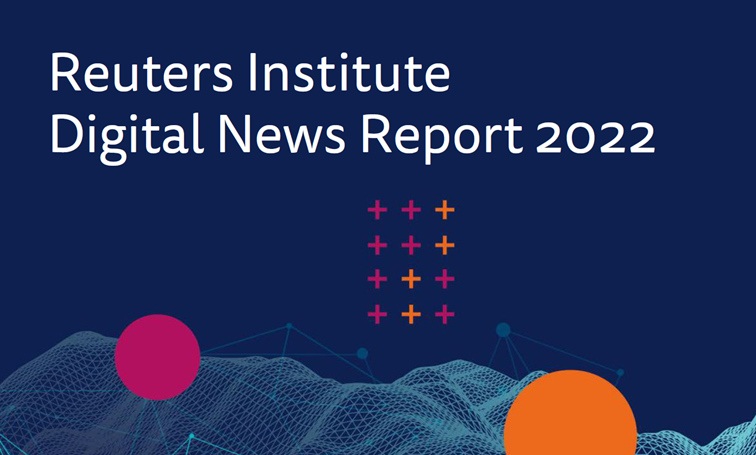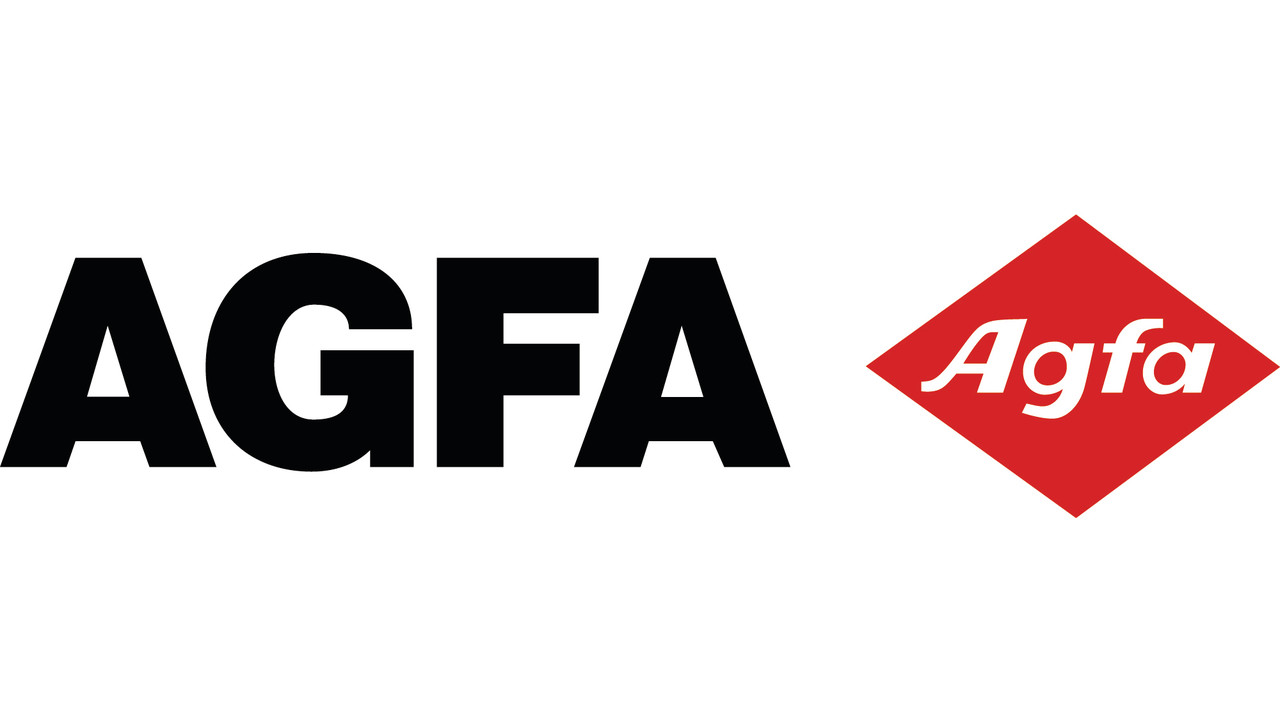Last year’s report contained some positive signs for the news industry, with higher consumption and rising trust amidst a second wave of Coronavirus lockdowns. Many traditional news brands seemed to benefit not just from greater attention, but also financially, with more people taking out online subscriptions and advertisers looking to associate themselves with reliable content.
A year on and we find a slightly less optimistic picture. While a break-out group of primarily upmarket news publishers across the world report record digital subscription numbers and growing revenues, more broadly, we find that interest in news and overall news consumption has declined considerably in many countries while trust has fallen back almost everywhere – though it mostly remains higher than before the Coronavirus crisis began. We’re also seeing news fatigue setting in – not just around COVID-19 but around politics and a range of other subjects – with the number of people actively avoiding news increasing markedly.
Since our main data set was collected in early February, a new threat to global security has emerged in the form of Russia’s invasion of Ukraine. This event clearly increased news consumption across all news sources, but a second Digital News Report survey in five countries undertaken in early April saw further levels of selective avoidance, even in countries like Poland and Germany that have been directly impacted by the conflict. We devote a special chapter to the impact of the Ukraine crisis and attitudes towards media coverage.
A podcast episode on the report
A clear throughline in this year’s report is the changing habits of younger groups, specifically those under 30, whom news organisations often struggle to reach. Throughout this Executive Summary, and in a separate chapter, we find that this group that has grown up with social media is not just different but more different than they were in the past. We also explore their use of newer visual networks for news such as TikTok and Instagram, with support from a detailed qualitative study in three countries (UK, US, and Brazil).
More widely, this year’s data confirm how the various shocks of the last few years, including the Coronavirus pandemic, have further accelerated structural shifts towards a more digital, mobile, and platform-dominated media environment, with further implications for the business models and formats of journalism.
In our country and market pages, which combine industry developments with key local data points, we see how different media companies are coping with these various headwinds. We find a mixed picture of downsizing and layoffs in some places, but optimism around business models, industry cooperation, and format innovation in others. And everywhere we find growing concerns about a looming cost-of-living crisis that could be making people rethink how much they can afford to spend on news media.
This eleventh edition of our Digital News Report, based on data from six continents and 46 markets, aims to cast light on the key issues that face the industry. Our more global sample, which since 2021 has included India, Indonesia, Thailand, Nigeria, Colombia, and Peru, provides some understanding of how differently the news environment operates outside the United States and Europe. The overall story is captured in this Executive Summary, followed by Section 1, with chapters containing additional analysis, and then individual country and market pages in Section 2 with extra data and context.
A summary of some of the most important findings from our 2022 research.
- Trust in the news has fallen in almost half the countries in our survey, and risen in just seven, partly reversing the gains made at the height of the Coronavirus pandemic. On average, around four in ten of our total sample (42%) say they trust most news most of the time. Finland remains the country with the highest levels of overall trust (69%), while news trust in the USA has fallen by a further three percentage points and remains the lowest (26%) in our survey.
- Consumption of traditional media, such as TV and print, declined further in the last year in almost all markets (pre-Ukraine invasion), with online and social consumption not making up the gap. While the majority remain very engaged, others are turning away from the news media and in some cases disconnecting from news altogether. Interest in news has fallen sharply across markets, from 63% in 2017 to 51% in 2022.
- Meanwhile, the proportion of news consumers who say they avoid news, often or sometimes, has increased sharply across countries. This type of selective avoidance has doubled in both Brazil (54%) and the UK (46%) over the last five years, with many respondents saying news has a negative effect on their mood. A significant proportion of younger and less educated people say they avoid news because it can be hard to follow or understand – suggesting that the news media could do much more to simplify language and better explain or contextualise complex stories.
- In the five countries we surveyed after the war in Ukraine had begun, we find that television news is relied on most heavily – with countries closest to the fighting, such as Germany and Poland, seeing the biggest increases in consumption. Selective news avoidance has, if anything, increased further – likely due to the difficult and depressing nature of the coverage.
- Global concerns about false and misleading information remain stable this year, ranging from 72% in Kenya and Nigeria to just 32% in Germany and 31% in Austria. People say they have seen more false information about Coronavirus than about politics in most countries, but the situation is reversed in Turkey, Kenya, and the Philippines, amongst others.
- Despite increases in the proportion paying for online news in a small number of richer countries (Australia, Germany, and Sweden), there are signs that overall growth may be levelling off. Across a basket of 20 countries where payment is widespread, 17% paid for any online news – the same figure as last year. Persuading younger people to pay remains a critical issue for industry, with the average age of a digital news subscriber almost 50.
- A large proportion of digital subscriptions go to just a few big national brands – reinforcing the winner takes most dynamics that we have reported in the past. But in the United States and Australia we are now seeing the majority of those paying taking out more than one This reflects the increased supply of differentiated paid news products in areas such as political opinion, local news, and a range of specific niches – holding out hope that more people will ultimately pay for multiple titles.
- But in the face of rapidly rising household bills, we find some respondents rethink the number of media subscriptions they can afford this year – which include news, television, music, and books. While most say they expect to retain the same number of media subscriptions, others say they expect to take out fewer, as they look to save money on non-essential items.
- With first-party data collection becoming more important for publishers with the imminent demise of third-party cookies, we find that most consumers are still reluctant to register their email address with news sites. Across our entire sample, only around a third (32%) say they trust news websites to use their personal data responsibly – comparable to online retailers such as Amazon – and the figure is even lower in the United States (18%) and France (19%).
- Access to news continues to become more distributed. Across all markets, less than a quarter (23%) prefer to start their news journeys with a website or app, down nine points since 2018. Those aged 18–24 have an even weaker connection with websites and apps, preferring to access news via side-door routes such as social media, search, and mobile aggregators.
- Facebook remains the most-used social network for news but users are more likely to say they see too much news in their feed compared with other networks. While older groups remain loyal to the platform, we show how the youngest generation has switched much of its attention to more visual networks over the last three years.
- TikTok has become the fastest growing network in this year’s survey, reaching 40% of 18–24s, with 15% using the platform for news. Usage is much higher in parts of Latin America, Asia, and Africa than it is in the United States or Northern Europe. Telegram has also grown significantly in some markets, providing a flexible alternative to Meta-owned WhatsApp.
- While social media have increased the profile of many digital journalists, we find that the most well-known journalists are still TV anchors and presenters in most countries. When asked to name journalists they pay attention to, few people can name foreign correspondents, while newspaper columnists have higher name recognition in the UK and Finland than in Brazil, the United States, or France.
- The smartphone has become the dominant way in which most people first access news in the morning, though we find different patterns across countries. In Norway, Spain, Finland, and the UK, the smartphone is now accessed first ahead of television, while radio retains an important role in Ireland. Morning newspaper reading is still surprisingly popular in the Netherlands; television still dominates in Japan.
- After last year’s slowdown in part caused by restrictions on movement during the COVID-19 pandemic, growth in podcasts seems to have resumed, with 34% consuming one or more podcasts in the last month. Our data show Spotify continuing to gain ground over Apple and Google podcasts in a number of countries and YouTube also benefiting from the popularity of video-led and hybrid podcasts.
Lire : sur le site du Reuters Institute
Télécharger : le rapport 2022 (164 pages)










































